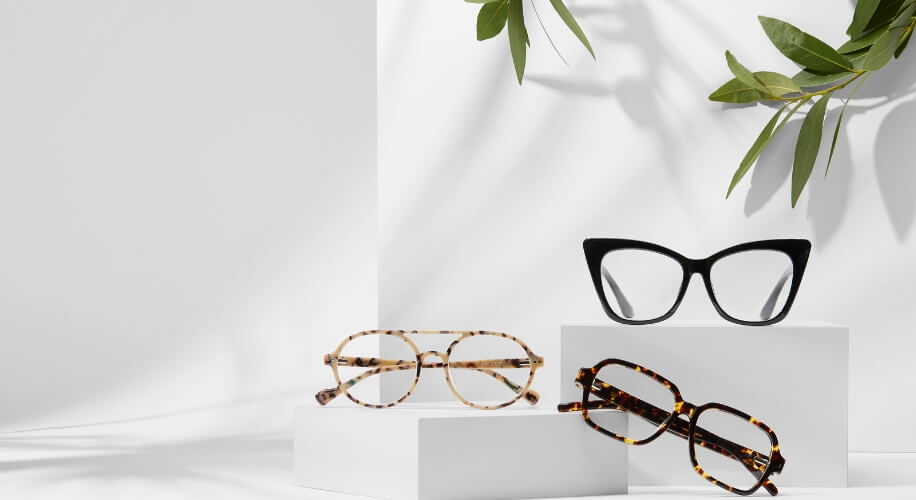The Ultimate Guide to Progressive Lenses
- BY Dr. Steven Liem
- IN Lenses

As the eyes age, they can lose the ability to see clearly up close, a condition known as presbyopia. Progressive lenses are an advanced solution for this issue, providing a smooth transition from distance correction on the top to reading correction on the bottom, with no visible lines on the lenses. They’re a fantastic option for anyone who needs multifocal glasses but wants to maintain a youthful, line-free look.
Understanding Progressive Lenses

Progressive lenses, often referred to as ‘no-line bifocals,’ are a type of eyeglasses that offer a gradient of different lens powers to support vision at all distances. This means you can see clearly from far to near without having to switch between multiple pairs of glasses. Let’s break down the key features:
- Seamless Design: Unlike traditional bifocals or trifocals, progressives have no distinct lines on the lenses, resulting in a seamless and more modern appearance.
- Customized Zones: The lenses contain three primary zones for different viewing distances. The upper portion for distance, the middle for intermediate (like computer screens), and the lower portion for reading.
- Personalization: Progressive lenses can be tailored to fit your unique prescription needs, taking into account your daily activities and lifestyle.
Choosing the Right Progressive Lenses

Selecting the perfect pair of progressive lenses involves a few considerations to ensure comfort and effectiveness. The process is straightforward, and guidance is always available to help you through each step:
- Prescription: It all starts with an accurate prescription. Make sure your prescription is up-to-date and includes all necessary details. If you’re not sure about the terms OD (right eye) and OS (left eye), it’s explained clearly in our OD vs OS guide.
- Lens Material: Depending on your prescription strength and lifestyle, you may opt for different lens materials for durability, weight, and thickness considerations.
- Frame Selection: The right frame not only flatters your face but also ensures that the progressive lenses perform optimally. It’s important to choose frames that have enough vertical height to accommodate the progressive zones.
- Measurement: Accurate measurements, such as pupillary distance, are crucial for the proper placement of the progressive lens zones. A precise fit ensures the most comfortable and effective vision enhancement.
Adapting to Progressive Lenses

Transitioning to progressive lenses may take a short period of adjustment, especially if you’re switching from single-vision lenses. Here are some tips to help you adapt more quickly:
- Wear Consistently: Give your eyes time to get used to the new lenses by wearing them as much as possible during the adaptation period.
- Head Movement: Instead of just moving your eyes, slightly turn your head towards the object you want to focus on to align your vision with the appropriate zone of the lens.
- Look Down for Reading: When reading or looking at something up close, lower your eyes rather than tilting your head down to look through the lower part of the lenses.

Remember, it’s normal for there to be an adjustment period. However, if you continue to experience discomfort or difficulty after a few weeks, we recommend following up with your eye care professional to ensure your lenses are fitted correctly. Progressive lenses offer the convenience of not having to switch between different pairs of glasses for different tasks. Whether reading a book, working on your computer, or driving, these multifocal lenses help create a seamless visual experience. With the right pair, you can enjoy the benefits of clear vision at any distance. To find the perfect progressive lenses tailored just for you, explore our selection and embrace the freedom of seamless sight.

